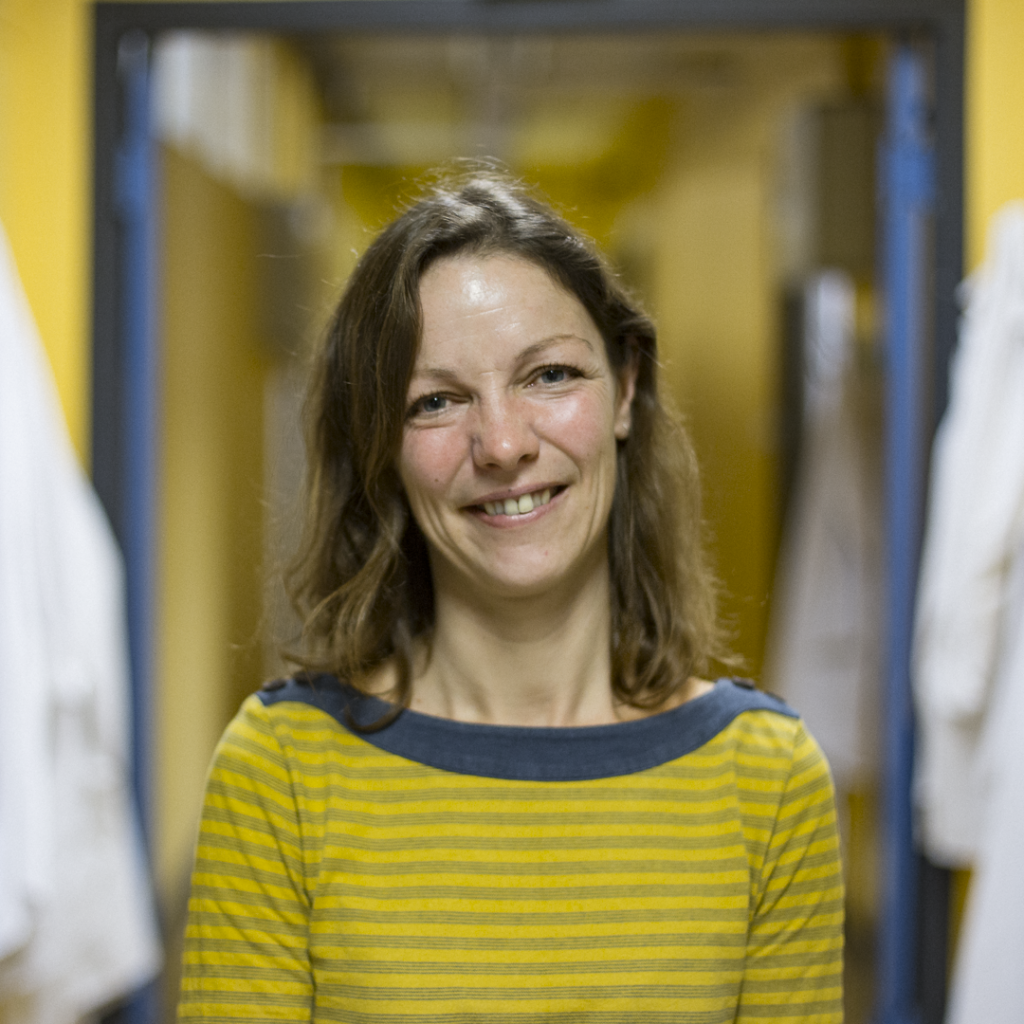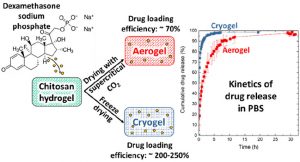Hélène Van Den Berghe

Hélène Van Den Berghe
Assistant Professor, Faculty of Pharmacy, University of Montpellier
Hélène graduated in Organic Chemistry at the Universtiy of Montpellier (France). She completed her PhD in 2007 under the supervision of Pr J. Coudane in the Artificial Biopolymers Department of IBMM in Montpellier, working on the synthesis of biodegradable polymers for tissue engineering and sustained drug release applications. She then joined the group of Pr Rachel Auzély in the CERMAV (Grenoble, France) as a post-doc to work on the chemical modifications of polysaccharides. Hélène moved to England in 2010 in the Dove group at the Warwick University before moving at the University of Lille (France) to work as a post-doctoral fellow with Pr Bernard Martel developing multi-drug stents based on polysaccharide layer-by-layer assemblies. In 2011, she became Associate Professor in the Faculty of Pharmacy of Montpellier in the Artificial Biopolymers Department of IBMM. Her research is dedicated to the synthesis and chemical modification of synthetic and natural biodegradable polymers for biomedical applications including : nano-systems for anti-cancer drug release, anti-adhesive polymeric membranes for orthopedic surgery, synthesis of amphiphilic copolymers for environnemental applications.
Contact:
xxx
5 recent publications:
xxx




